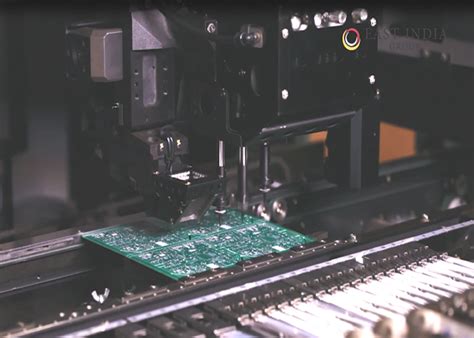
ALL ABOUT FLEX PCB
-
What is surface mount technology SMT
Posted by
–
 Read more: What is surface mount technology SMT
Read more: What is surface mount technology SMTHow Does Surface-mount technology Work? In surface-mount technology, the components are placed directly onto the surface of a printed circuit board. The components are typically smaller than their through-hole counterparts and have small metal tabs or end caps that can be soldered directly to the PCB’s surface. The components are […]
-
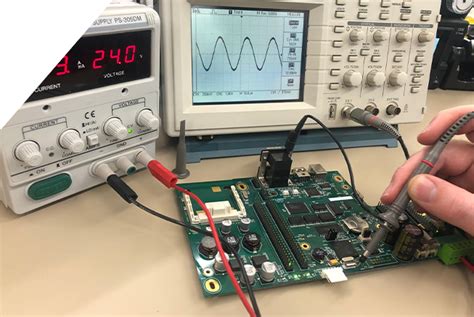 Read more: PCB Testing-An Ultimate Guide To Prototype & PCB Assembly Testing
Read more: PCB Testing-An Ultimate Guide To Prototype & PCB Assembly TestingWhy is PCB Testing Important? PCB testing is essential for several reasons: Quality Assurance: Testing helps identify defects, short circuits, open circuits, and other issues that may impact the performance of the PCB. Reliability: Thorough testing ensures that the PCB will function as intended under various operating conditions, reducing the […]
-
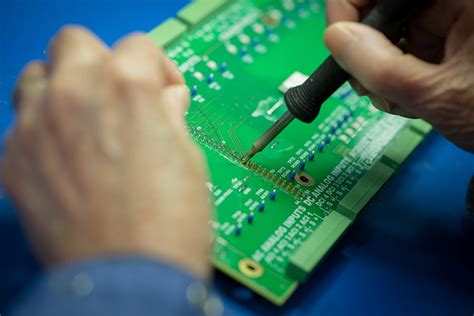 Read more: Basic electronic components that should be known by every PCBA Designer
Read more: Basic electronic components that should be known by every PCBA DesignerResistors: The Fundamentals of Current Control Resistors are one of the most basic and widely used components in electronic circuits. They are designed to resist the flow of electric current, thereby controlling the amount of current that flows through a specific part of the circuit. Resistors come in various types, […]
-
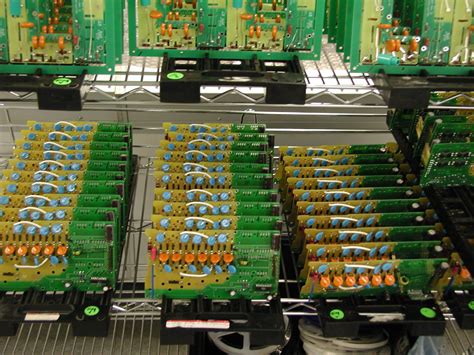 Read more: What is the difference between PCB fabrication and assembly?
Read more: What is the difference between PCB fabrication and assembly?PCB Fabrication vs Assembly: Understanding the Key Differences PCB (Printed Circuit Board) fabrication and assembly are two crucial stages in the manufacturing process of electronic devices. While they are often used interchangeably, they refer to distinct processes that play different roles in the creation of a functional PCB. In this […]
-
Choose the Right Test Head
Posted by
–
 Read more: Choose the Right Test Head
Read more: Choose the Right Test HeadIntroduction to Test Heads When configuring an automated test equipment (ATE) system to test electronic devices, one of the most critical components to select is the test head. The test head is the interface between the ATE and the device under test (DUT). It houses the pin electronics that generate […]
-
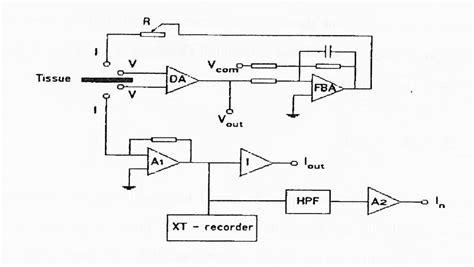 Read more: Clamping Circuit – Definition, Types, and Applications
Read more: Clamping Circuit – Definition, Types, and ApplicationsWhat is a Clamping Circuit? A clamping circuit, also known as a clamper, is an electronic circuit that shifts a signal’s voltage level by adding or subtracting a DC voltage to the input signal. The purpose of a clamping circuit is to ensure that the output signal remains within a […]
-
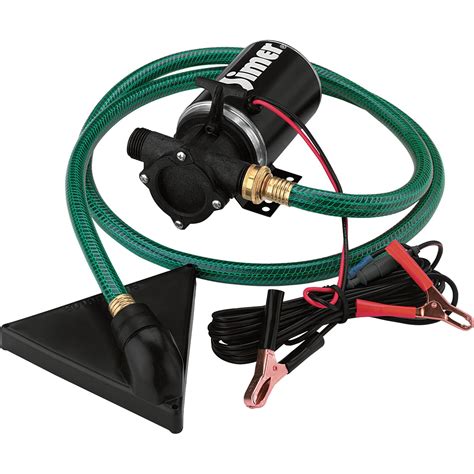 Read more: Mini Water Pump: A Low-Cost Miniature AC or DC Water Pump
Read more: Mini Water Pump: A Low-Cost Miniature AC or DC Water PumpWhat is a Mini Water Pump? A mini water pump is a small, electric-powered device that is used to move water from one location to another. These pumps typically feature a compact design, making them easy to install in tight spaces or small enclosures. Mini water pumps can be powered […]
-
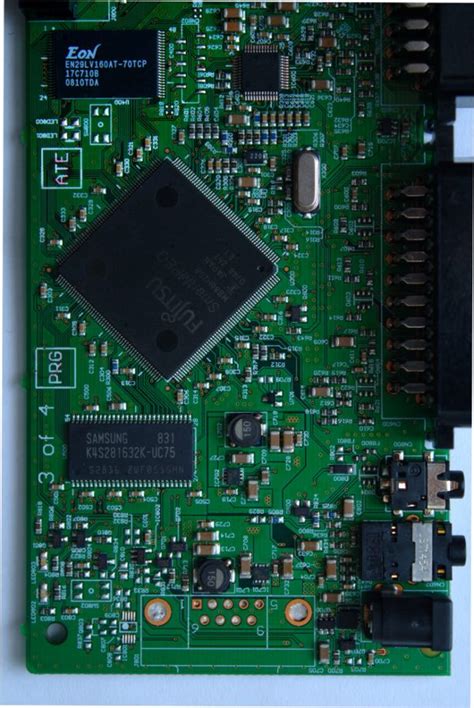 Read more: Reverse Engineering PCB: What Is It and How to Make
Read more: Reverse Engineering PCB: What Is It and How to MakeWhat is PCB Reverse Engineering? PCB reverse engineering is the process of analyzing and recreating an existing printed circuit board (PCB) design without access to the original design files or documentation. This technique is used for various purposes, such as: Understanding the functionality of a PCB Reproducing obsolete or hard-to-find […]
-
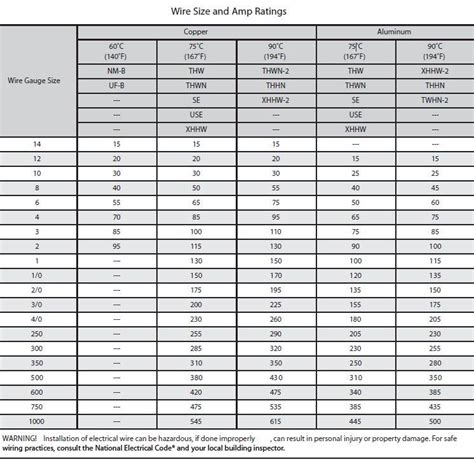 Read more: Stranded vs. Solid Wire: A Comparison Between Power/Signal Copper Conductors
Read more: Stranded vs. Solid Wire: A Comparison Between Power/Signal Copper ConductorsIntroduction to Stranded and Solid Wire Copper wire is the most commonly used conductor in electrical and electronic applications due to its excellent conductivity, durability, and relatively low cost. When selecting the appropriate type of copper wire for a specific project, one of the key decisions is whether to use […]
-
ROGERS PCB APPLICATIONS
Posted by
–
 Read more: ROGERS PCB APPLICATIONS
Read more: ROGERS PCB APPLICATIONSIntroduction to Rogers PCB Materials Rogers Corporation is a leading manufacturer of high-performance printed circuit board (PCB) materials for demanding applications. Rogers’ advanced dielectric materials offer unique properties that make them ideal for use in a wide range of industries, including telecommunications, aerospace, defense, automotive, and medical devices. The key […]




